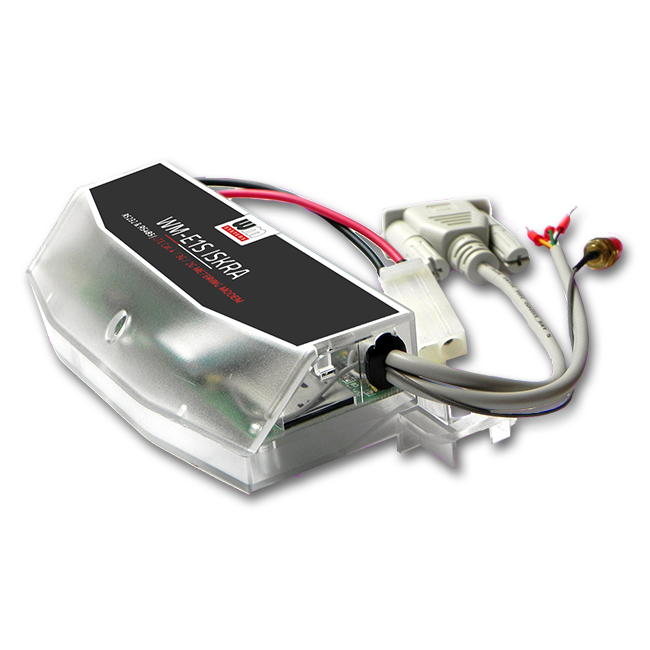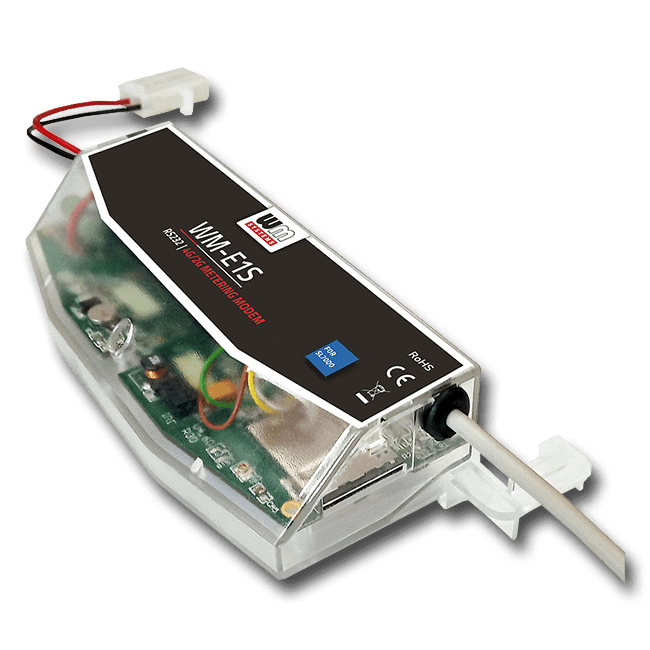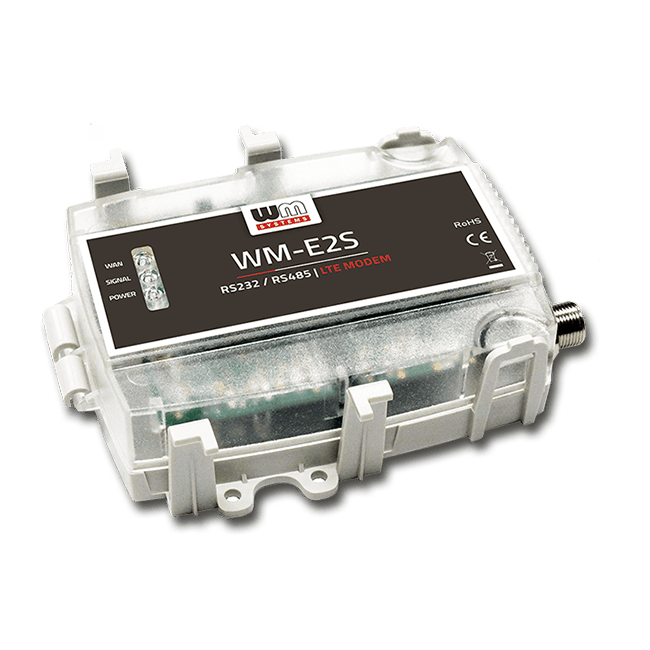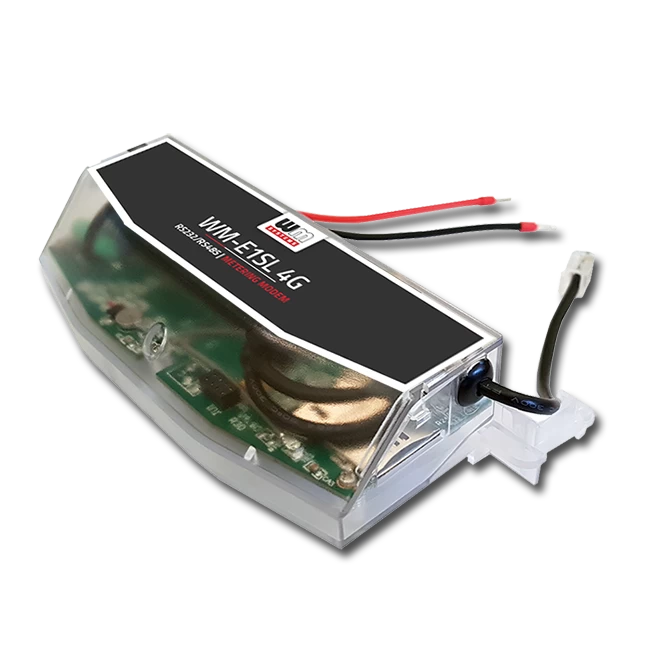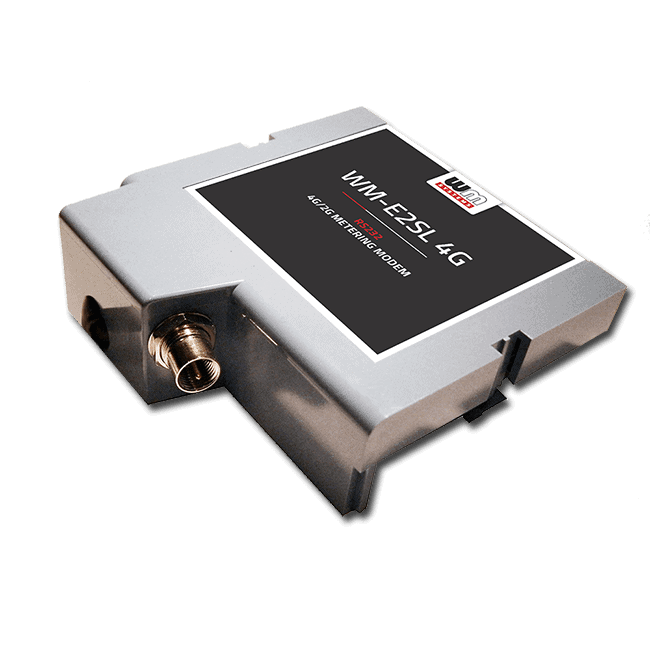Applications
ENERGY & UTILITIES
Revolutionizing the Energy Sector with Advanced Cellular Communication Devices
We are proud to be at the forefront of technological innovation, driving the future of smart metering and smart grid applications through our cutting-edge cellular communication devices. Our solutions empower utilities to optimize energy distribution, enhance operational efficiency, and deliver reliable services to their customers.
Smart Metering
State-of-the-art smart metering via cellular networks is the best choice for utilities due to its reliability, scalability, security, and cost-effectiveness. Cellular networks provide extensive coverage, ensuring that meters in remote or hard-to-reach areas are connected, eliminating the need for utilities to invest in building and maintaining their own communications infrastructure. This extensive coverage ensures consistent data transmission and reduces service interruptions, improving operational efficiency.
Our cellular communication devices are integral to the evolution of smart metering systems. Energy meters equipped with connectivity enable utilities to gather real-time data on energy consumption. This data-driven approach provides numerous benefits:
- Accurate Billing: Smart meters eliminate the need for estimated billing by providing precise readings, ensuring customers are billed for the actual energy they consume.
- Energy Usage Insights: Consumers gain detailed insights into their energy usage patterns, empowering them to make informed decisions and reduce consumption.
- Operational Efficiency: Automated meter readings eliminate the need for manual data collection, lowering operational costs and minimizing human errors.
Smart Grid: Balancing Supply and Demand
Our cellular communication devices (like industrial routers, switches and relays etc.) are also pivotal in the development and deployment of smart grid technologies. A smart grid is an intelligent network that uses digital communication technology to detect and react to local changes in usage. Here’s how our devices contribute to a smarter grid:
- Real-Time Monitoring: Utilities can continuously monitor the grid’s performance, identifying issues before they escalate and ensuring a stable supply of energy.
- Demand Response: By analyzing consumption patterns, utilities and grid operators can implement demand response strategies, adjusting the supply in real-time to match the demand. This leads to better utilization of resources and prevents blackouts.
- Integration of Renewable Energy: Our technology facilitates the seamless integration of renewable energy sources like solar and wind, helping utilities to balance traditional and renewable energy supplies effectively.
- Grid Resilience: Enhanced communication and real-time data enable quick response to outages and faults, improving the overall resilience of the grid.
Our Commitment to Innovation
At WM Systems, we are committed to driving innovation in the energy sector. Our cellular communication devices are designed to meet the highest standards of reliability, security, and performance. We work closely with utilities to tailor our solutions to their specific needs, ensuring seamless integration and maximum impact.
Join us in transforming the future of energy. With our advanced technology, we are making smart metering and smart grid applications more efficient, reliable, and sustainable. Together, we can build a smarter, greener, and more resilient energy infrastructure for generations to come.
Smart metering is crucial not only for billing purposes, but most importantly to gain actionable insight about the demand on the grid in order to be able to balance it better with supply. Smart metering begins with communication devices that collect and send data to a central management planform. Today, cellular IoT technologies such as NB-IoT and Cat-M1 allow massive smart metering systems to operate reliably and cost efficiently.
We offer cellular IoT communication devices for smart metering solutions: modems and routers allow for Automated Meter Reading (AMR) of electricity and water meters!
You can also build infrastructure – by combining with our data concentrators, routers – to collect and send data to the central head-end-system (HES) or a database.
Our modems were specifically designed for the electricity meters of large manufacturers (such as Elster®, Honeywell®, Itron®, Landis+Gyr®, PME-PMI®, Saphir®, Iskra®, EMH®, AECL® and Kamstrup®). These modems are at the heart of AMI (Advanced Metering Infrastructure) of public utility companies.
The modems connect to the meters, read the consumption data (through RS232/RS485), and send them to the data center via cellular networks, while providing remote access and monitoring features for the head-end systems. Features include transparent push data sending, pull on-demand requests, scheduled readouts, and meter data downloads, and more.
Some of our modems support the multi-meter connection, allowing to connect multiple meters to one modem.
The meters are connected via RS485 and the modem sends the data from a single “master” meter.
This is a cost-effective solution when implementing an automated energy metering system. Discover our electricity metering modem product families:
- WM-E1S® modem for Elster® / Honeywell® Alpha meters
- WM-E1SI® modem for Itron® ACE, SL meters
- WM-E1S ISKRA® modem for Iskra® MT830, MT831 meters
- WM-E1SL® modem for Landis+Gyr® meters
- WM-E1S SAPHIR® modem for SAPHIR® meters
- WM-E1S SL7000® modem for Itron® SL7000 meters
- WM-E2S® modem for Itron® ACE, SL meters
- WM-E2S PME-PMI® modem for PME-PMI® meters
- WM-E2SL® modem for Landis+Gyr® ZxG meters
- WM-E3S® modem for Elster®/ Honeywell® AS meters
- WM-E3S MBUS® modem for Elster® / Honeywell® AS3000, AS3500 meters and MBus water meters
- Universal Industrial Modem – universal connectivity by our DIN-rail mountable smart module for any electricity meter
Key Features
- The modem can fit into the meter enclosure where it can be securely fastened
- Design and connectivity satisfy meter manufacturer standards
- Separated and sealed isolation from meter
- Power supply from the metrology (AC or DC power)
- Optional surge protection from 4kV up to 12kV
- Super-capacitor option can be ordered – protection against possible electricity network outages and LastGasp functionality
- RS232/RS485 (2 or 4 wire) connection
- Remote meter readout („Push” or „Pull” method)
- IEC 62056-21 protocol
- CDMA 450 / 2G / 3G / LTE 4G / LTE 450 / Narrow-Band module options
- Scheduled data sending or triggered by an alarm or SMS
- High availability
- Immediate alarm notification
- Operated from a private network with NAT, or a modem connected to the HES (Head End System)
- Public and dynamic IP SIM support using M2M Appliance Server
- Data logging and encryption
- Remote configuration and firmware upgrade (singular or mass update)
- Remote access and download of data (load profile, settings, values, event log, alarms)
- Free, downloadable configuration tools
- Operation LED signals, certifications
Application
- Utility companies
- Residential communities
- Energetics
One of the main challenges water companies face today is what the industry calls Non-Revenue Water, the quantity of water lost due leakage and theft.
The right information at the right time enables the right decisions. Digitalisation and intelligent use of data make it possible to improve operational efficiency as never before.
We solve the limitations of network construction in legacy two-hop networks LoRa or RF. These traditional technologies operate on unlicensed spectrum, which may cause channel interference among different applications, such as water, electricity metering or public street lighting.
NB-IoT offers deep coverage and massive connections with low power consumption. It is an ideal network communications technology for the smart water solution.
Our data logger receives pulse signals, Mbus data simultaneously and periodically sends them to the data center on the NB-IoT / Cat.M network. The device is powered by a long-life battery solution.
It supports the modern IoT transportation protocols such as the MQTT and LwM2M.
Our Device Manager software adds true value to any smart water metering solution. Using a Windows-based remote device management platform, you have continuous access to your devices.
Streetlights are a proven way to reduce crime and accidents, but those benefits come at a steep price. According to the World Bank, in some cities, streetlights use so much electricity they consume up to 20% of municipal budgets.
Many cities have replaced their metal halide and high-pressure sodium streetlights with LEDs, which are 40% to 60% more energy-efficient, to save money. Higher efficiency also helps cities meet green goals like reduced CO2 emissions.
Now cities are turning to Internet of Things (IoT) technology to take those benefits to the next level. IoT enables “smart streetlights” that use sensors to increase their brightness automatically when vehicles and pedestrians are nearby. For example, smart streetlights can use IoT to connect to a city’s existing video surveillance cameras to detect pedestrians. IoT also enables centralized management, such as turning up the brightness for all streetlights on the blocks surrounding an arena as a game ends.
These kinds of IoT-powered capabilities save far more electricity than traditional methods such as timers — or leaving streetlights at the same brightness all the time. They also reduce light pollution, which disrupts the circadian rhythms of people living in cities and suburbs. No wonder that the global installed base of smart streetlights has a compound annual growth rate (CAGR) of 24.5%, according to Berg Insight.
Obviously, it is connectivity that makes smart street lighting smart. Most legacy smart public lighting systems using PLC / Mesh communications suffer from latency, manageability and other issues. Cellular technologies, such as LTE, 5G, and NB-IoT are ideal for smart street light monitoring, control and management.
For basic smart lighting service, which generates small amounts of data, the best communication technologies are the two emerging cellular-based IoT standards, NarrowBand-IoT (NB-IoT) and Long-Term Evolution (LTE)-Cat-M1, which have been designed to implement Low-Power Wide-Area Networks (LPWANs).
Our devices are at the heart of flexible public lighting services, providing an internet-based bi-directional communication based on the Open Smart Grid Platform. They allow the automation of basic lighting controls such as switching on/off based on a programmable schedule, dimming, failure detection, and monitoring lamps status and consumption (e.g.: voltage, current and power factor).
Applications
- Electricity providers
- Public lighting operators
Load management solutions have a vital role in the smart grid of the future. They allow us to use pre-defined control strategies to remotely optimize water heaters, electricity chargers, heat pumps, and HVAC systems during periods of high demand in order to balance resources. Effective load management strategies allow utilities to avoid black-outs and consumers to save on electricity bills.
Legacy load management systems provide only 1-way communication, which means there is no confirmation that the device has received the message and executed the instructions properly. While these systems did manage to optimize costs during peak demand and prevent outages, today’s advanced grid management tasks need bi-directional communication, almost real-time load data, high availability, and reliability.
Using the latest cellular communication technologies, our products help automate load control management to allow better demand response for utilities and municipalities.
Applications
- Utility service companies
- Energy distributors
- Operators


